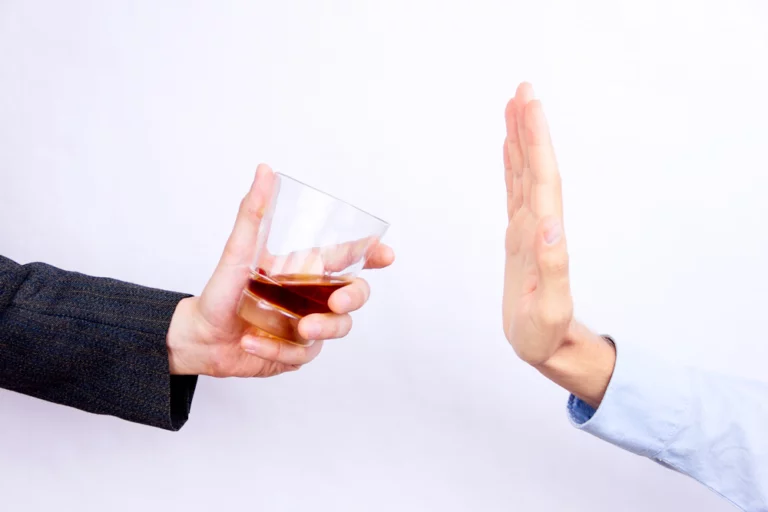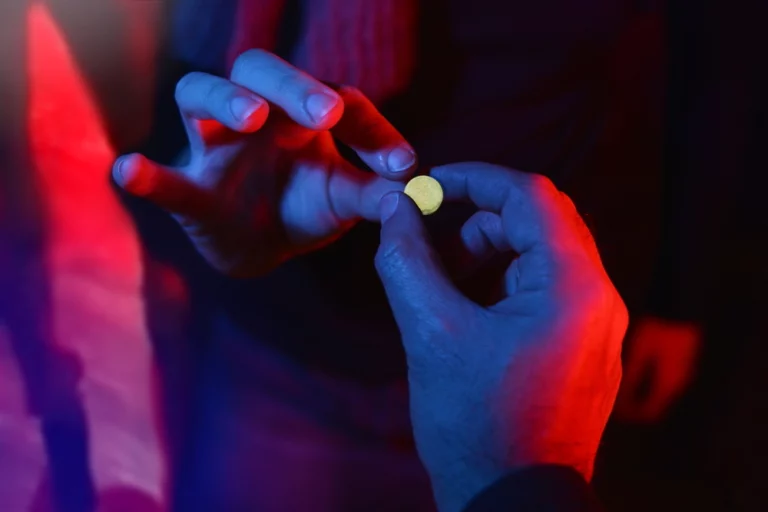How Dangerous is Combining Meth and Cocaine?
Stimulant abuse has become increasingly problematic. After the crack down on pseudoephedrine that was used for a long period of time to create “street meth”, powerful drug cartels have created large-scale operations using alternative techniques. Studies have found that methamphetamine (meth) involved overdoses have tripled in recent years. The study notes that aside from the well-known opioid epidemic, combinations of meth and cocaine are increasingly dangerous as they are often cut with extremely potent fentanyl. Fentanyl is a synthetic opiate that is significantly stronger than conventional heroin. Those who experiment with combinations of these drugs are at an increased risk for developing dependency and addiction.
The Dangers of Combining Meth and Cocaine
Combining stimulants is risky, in part, because it means a person is doubling down on the effects and side effects that stimulants like meth and cocaine have both on the body and the mind.
The psychological effects of stimulants can include:
- Restlessness
- Irritability
- Anxiety
- Depression
- Decreased appetite
- Changes in sex drive
- Confusion
- Erratic or paranoid behavior
- Hallucinations
Physical effects associated with stimulant abuse:
- Increased blood pressure
- Increased heart rate
- Changes in breathing rate
- Increased body temperature
- Shakiness or tremors
- Weakened immune system
- Reduced need for sleep
- Risk of heart attack
- Risk of stroke
- Risk of respiratory failure
- Risk of seizures
The Risks of Overdose
In 2020, a record-breaking 93,000 Americans died from drug overdoses. It is believed this is partly a result of fentanyl being combined or mixed with other substances. Mixing opioids which are depressants or downers with stimulants like cocaine and meth are often blamed for overdose deaths. Keeping that in mind, it’s important to know that mixing stimulants like meth with other stimulants like cocaine can also have extremely negative consequences due to enhancing the effects and side effects of each drug in ways that can be unpredictable.
Combining drugs puts additional stress on a person’s body and mind. The same report that addressed record-breaking drug overdoses, notes that combined abuse of meth and cocaine in recent years has jumped by 60%.
Understanding Overdose Risk
There are many factors that can affect the potential for overdose. These factors include increasing the amount of a substance that is used and combining substances. Other factors can include:
- Intravenous use
- Intravenous use of drugs is generally the most risky method
- Combining substances
- Physical health issues
- Mental health issues
- Recent relapse
- A person’s body may not have the same level of tolerance
- Using drugs while alone
What To Do In An Overdose Emergency
If you believe a person has overdosed, the first thing to do is call 911.
If the person is responsive, attempt to get them to remain engaged, awake, and conscious.
A person who is unconscious or unresponsive is at risk for suffocation if they vomit. Turn a non-responsive person on their side so that if they vomit they do not choke.
If it appears a person is not breathing, perform CPR.
Modern CPR methods suggest the best method is to exclusively focus on chest compressions. Use both hands to press firmly on a person’s chest to the beat of the song “Staying Alive” as it happens to be at the appropriate tempo. Continue chest compressions until a person shows vital signs or emergency services arrive to take control of the situation.
Precautions and Interventions
If you believe someone you care about is abusing stimulants, then you may want to consider keeping naloxone on hand in case of emergency. While naloxone (often sold under the brand name Narcan), is a medication used to counter the effects of opioids, the drugs a person may have ingested may have been “cut” or “laced” with fentanyl or another opiate.
If a person is overdosing on opioids (or synthetic opiates), administering naloxone can save their life.
When administering the spray form of naloxone, spray once in each nostril of the person who is overdosing. Rub the overdosed person’s chest to promote breathing and blood flow throughout their body.
Contact emergency services and have a trained medical professional check to determine an overdosed person’s vital signs. They may require additional emergency care. When contacting emergency medical services, ask them to make sure they bring more doses of naloxone.
It’s important to keep in mind that naloxone is a temporary fix.
Reach Out to Oasis Recovery to Begin Recovery Today
Contact Oasis Recovery today to speak with a specialist about the benefits of our personalized programs and services for individuals struggling with stimulant addictions including cocaine and meth substance abuse disorders. It’s important to remember that recovery is always possible. It’s always possible to achieve lasting sobriety. We look forward to helping you find the recovery options that are best suited to your particular circumstances.











